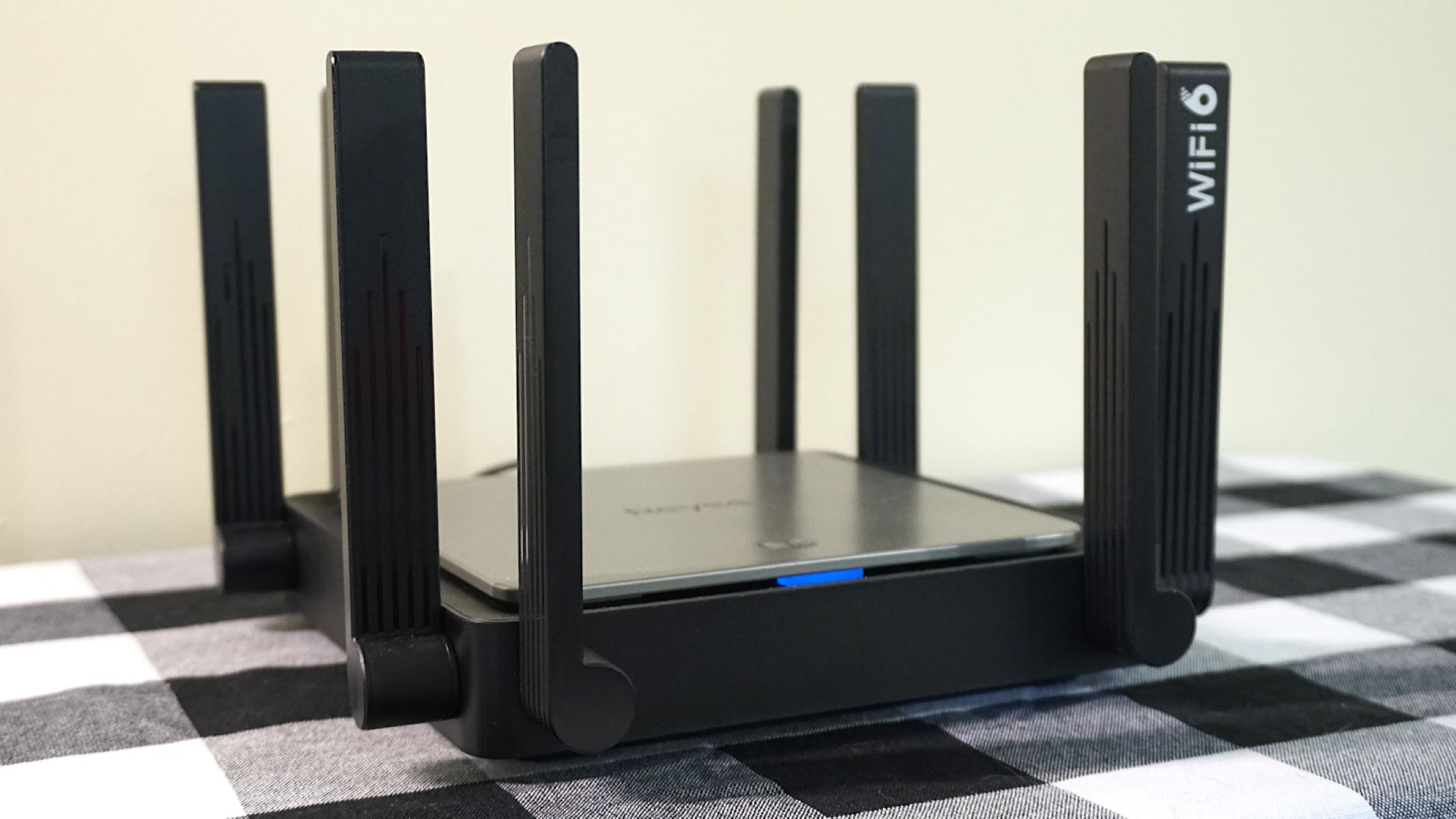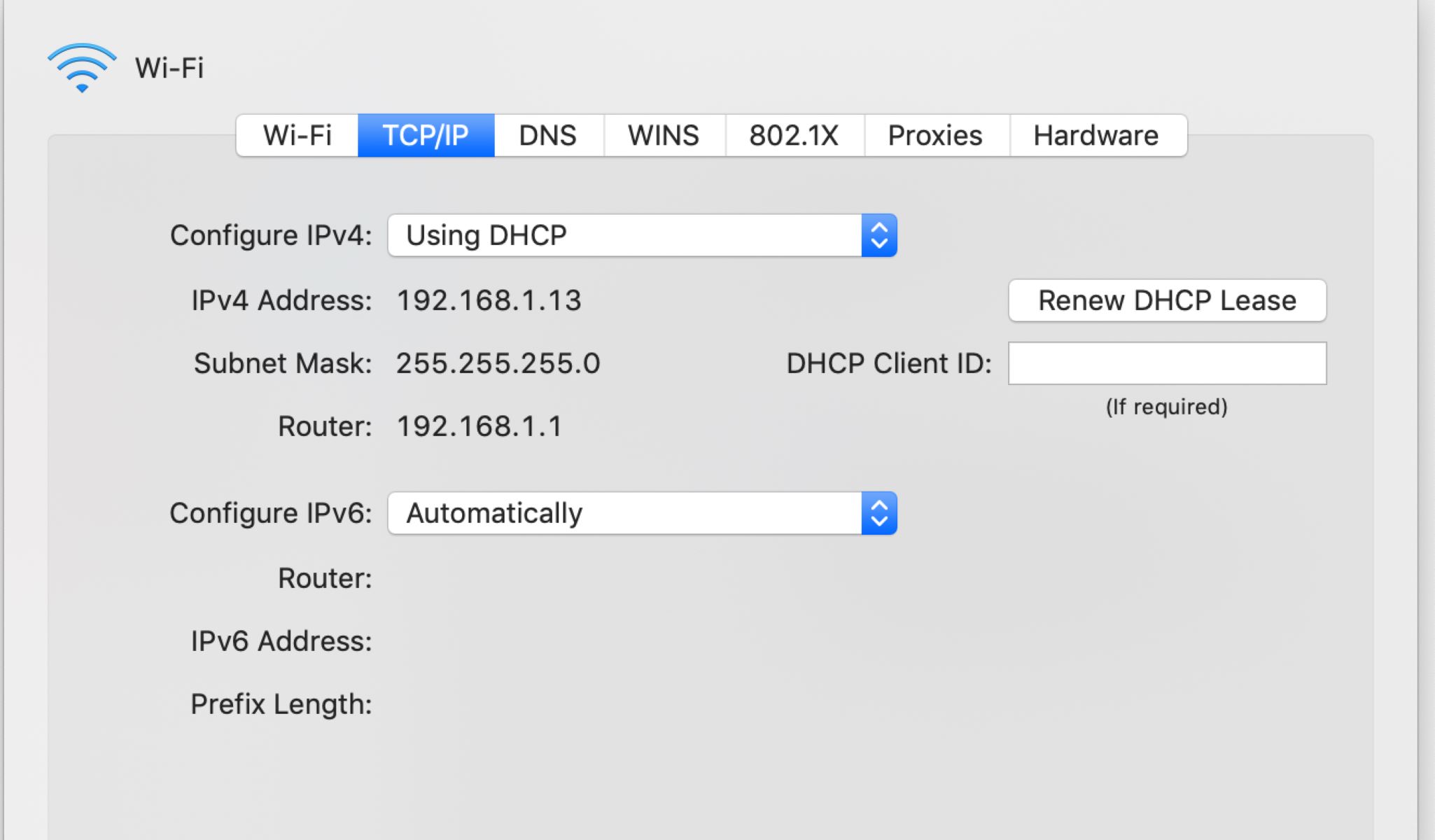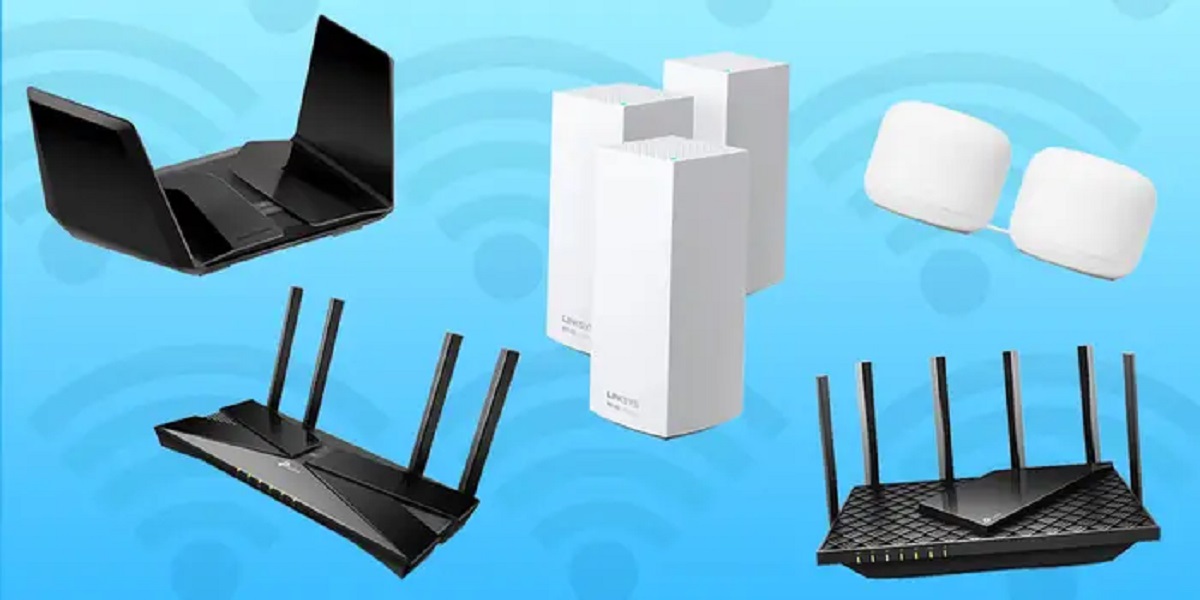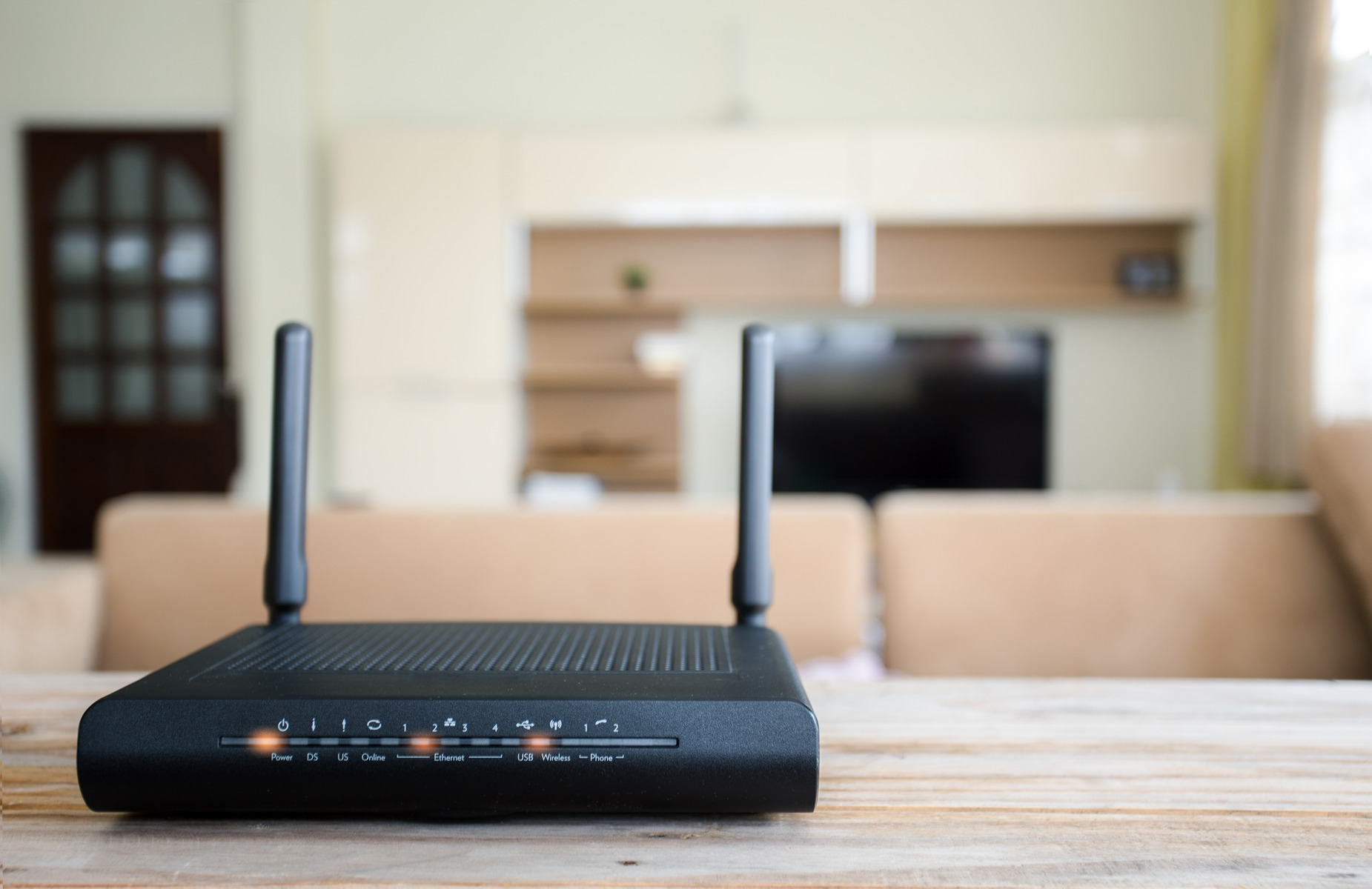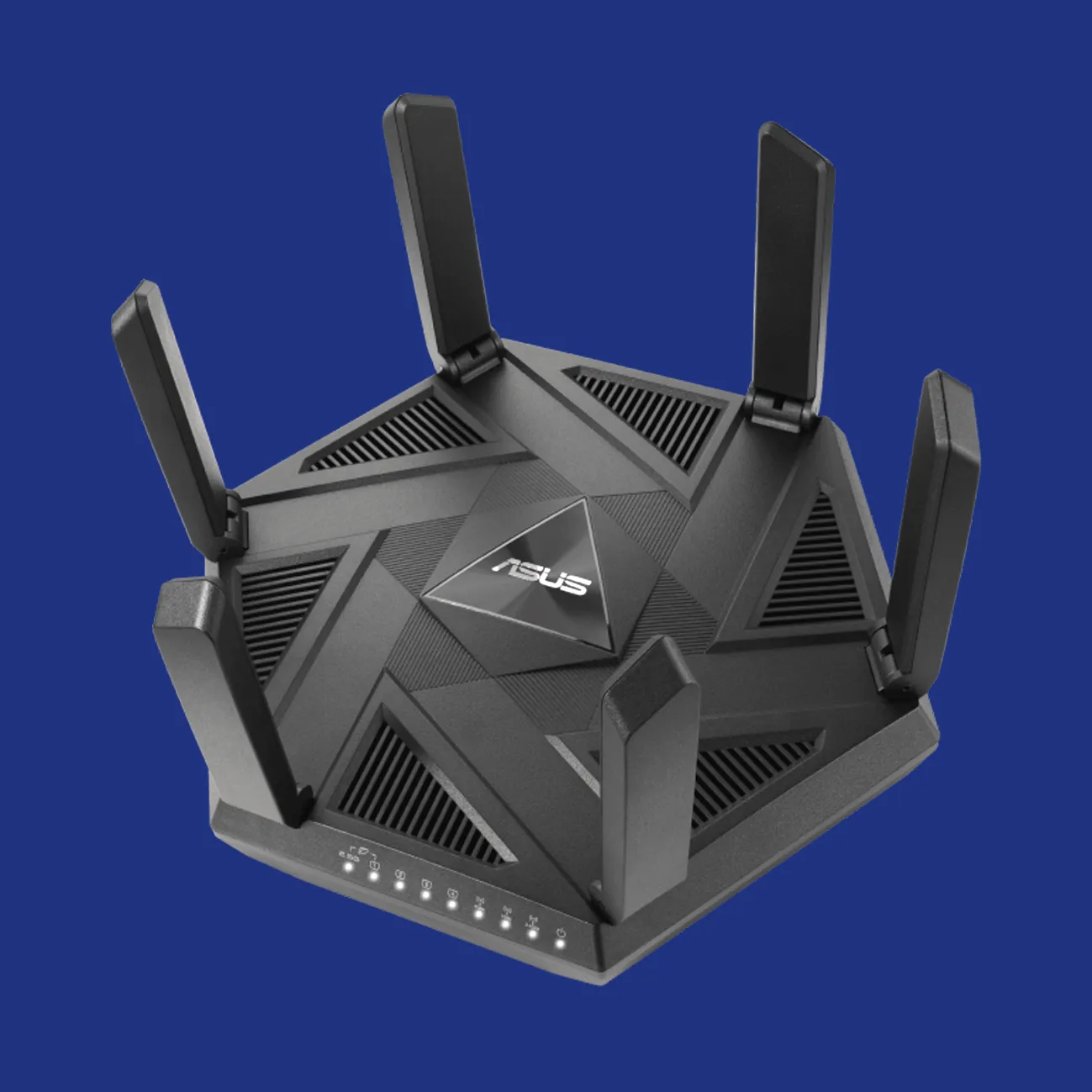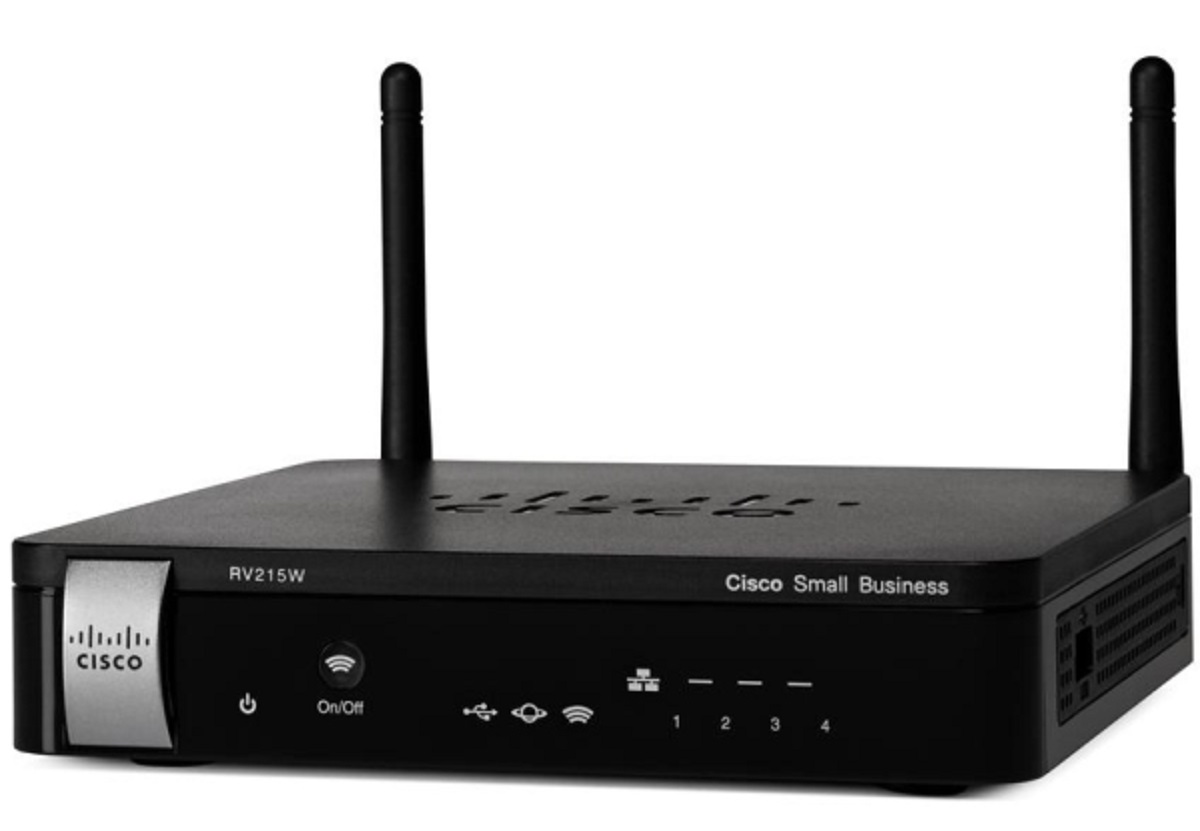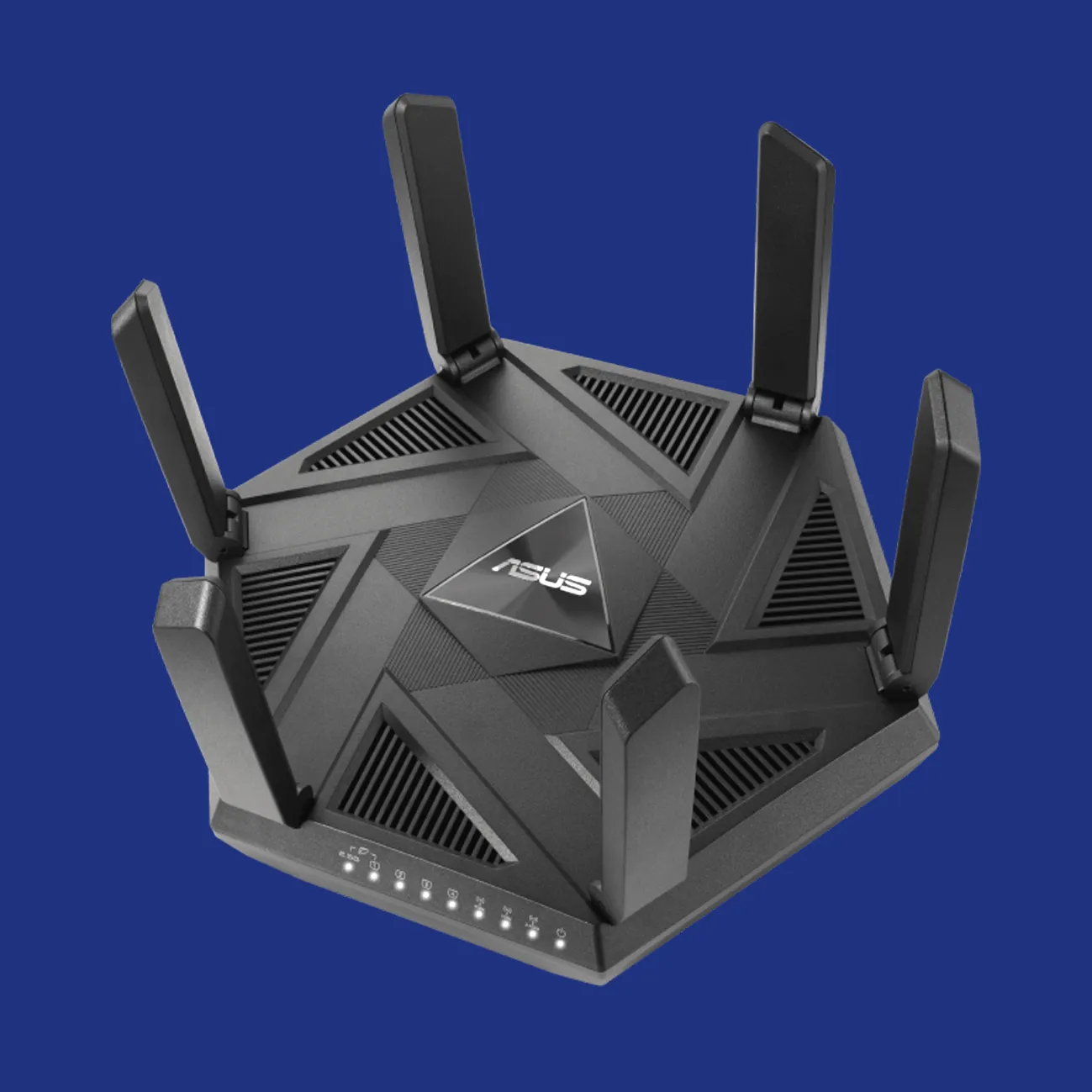Introduction
Welcome to the world of networking, where routers play a vital role in connecting devices and enabling communication between them. Routers are essential networking devices that route data packets between different networks, ensuring efficient and secure transmission of information.
In this article, we will explore the different types of routers and their functionalities. Whether you are a networking enthusiast, a tech-savvy individual, or simply curious about the world of routers, this guide will provide you with valuable insights.
A router acts as a central hub that connects multiple devices, such as computers, smartphones, tablets, and IoT devices, to the internet or other networks. It receives data packets, examines their destination addresses, and determines the most efficient path to forward them. This process is known as packet forwarding.
Routers are available in various types, each designed for specific networking needs. Understanding these types will help you choose the right router for your requirements. So, without further ado, let’s dive into the world of routers and explore the four main types.
Type 1: Wired Routers
Wired routers, as the name suggests, rely on physical wired connections to establish network connections. They typically come equipped with Ethernet ports, allowing you to connect devices using Ethernet cables. Wired routers offer reliable and stable connections, making them a preferred choice for businesses, offices, and homes where consistent and high-speed internet connectivity is crucial.
One of the key advantages of wired routers is their ability to provide fast and uninterrupted data transfer. They offer high bandwidth capabilities, allowing multiple devices to connect simultaneously without experiencing significant latency issues. This makes wired routers ideal for activities that require large data transfers such as online gaming, video streaming, and data-intensive applications.
Another benefit of wired routers is their enhanced security. Since the connections are established through physical cables, it is more challenging for unauthorized users to intercept data or gain access to the network. This makes wired routers ideal for sensitive applications where data privacy and security are of utmost importance, such as in corporate environments or healthcare facilities.
Wired routers also offer greater control and customization options. They often come with advanced routing features that allow network administrators to prioritize certain types of traffic, implement Quality of Service (QoS) policies, and set up virtual private networks (VPNs) for secure remote access. These features provide flexibility in managing network traffic and ensuring optimal performance for specific applications or users.
However, it’s important to note that wired routers have limitations when it comes to flexibility and mobility. Since they rely on physical cables, they require devices to be connected directly to the router via Ethernet ports. This can limit the range and accessibility of the network, making wired routers less convenient for devices that need to move around or connect wirelessly.
In summary, wired routers are a reliable and secure choice for users who prioritize stable and high-speed internet connections, especially in environments where data privacy and security are crucial. Their ability to offer advanced routing features and customization options make them ideal for businesses and power users who require fine-grained control over their network.
Type 2: Wireless Routers
In the era of wireless connectivity, wireless routers have become increasingly popular due to their convenience and flexibility. These routers enable devices to connect to the network without the need for physical cables, providing users with the freedom to move around and access the internet from anywhere within the router’s range.
Wireless routers utilize Wi-Fi technology to transmit and receive data signals wirelessly. They come equipped with antennas that broadcast the wireless signal, allowing devices such as smartphones, laptops, and tablets to connect to the network. This makes wireless routers a popular choice for homes, offices, and public spaces where mobility and ease of use are essential.
One of the key advantages of wireless routers is the convenience they offer. With a wireless router, you can connect multiple devices seamlessly without the hassle of dealing with cables. This makes it easier to set up a network and enables users to enjoy internet access across a larger area, eliminating the need for physical connections in every room or area.
Wireless routers also provide flexibility in terms of device compatibility. Most modern devices are equipped with Wi-Fi capabilities, which means they can easily connect to wireless networks. This makes it easier to add new devices to the network without the need for additional cables or ports, enhancing the scalability of the network.
Additionally, wireless routers support various security protocols, such as WPA2 (Wi-Fi Protected Access II) and WPA3, to ensure the security of the wireless network. These protocols employ encryption techniques to protect the data transmitted over the wireless connection, reducing the risk of unauthorized access or data breaches.
However, wireless routers do have some limitations. The range of a wireless router’s signal is typically limited, especially in larger areas or buildings with multiple walls and obstacles. This can result in weaker signals or dead spots, where the Wi-Fi connection may be less reliable or nonexistent. To overcome this, additional access points or Wi-Fi extenders can be used to extend the range of the wireless network.
Overall, wireless routers are an excellent choice for users who value mobility, convenience, and flexibility. They provide a wireless network that enables devices to connect seamlessly without the need for physical cables. With advancements in Wi-Fi technology and security protocols, wireless routers continue to evolve and improve, providing users with faster speeds, wider coverage, and enhanced security.
Type 3: Core Routers
Core routers, also known as backbone routers, are the heavyweights of the networking world. They are designed to handle large amounts of data traffic and play a critical role in directing data packets across vast networks. Core routers are typically used by internet service providers (ISPs), large organizations, and telecommunications companies.
The primary purpose of core routers is to establish connections between different networks and direct data to its intended destination. They operate at the core of a network, acting as major transit points for data traffic. Core routers are responsible for determining the most optimal paths for data transmission, prioritizing traffic, and ensuring efficient data routing.
One of the key features of core routers is their high capacity and scalability. They are built to handle large volumes of data traffic, offering high-speed packet forwarding and processing capabilities. This allows them to support the demanding requirements of modern networks, such as streaming videos, cloud services, and data centers.
Core routers often employ advanced routing protocols, such as Open Shortest Path First (OSPF) and Border Gateway Protocol (BGP), to facilitate efficient data routing. These protocols enable core routers to exchange routing information with other routers in the network, allowing them to dynamically update and adapt to changes in network topology.
Reliability and redundancy are vital aspects of core routers. They are often deployed in redundant configurations, ensuring that if one core router fails, the network can seamlessly failover to another router without significant disruptions. Redundancy in both hardware and network connections minimizes the chances of network downtime, delivering uninterrupted connectivity.
Core routers also implement extensive security measures to protect against unauthorized access and potential threats. They employ robust security protocols and intrusion detection systems to safeguard the network and prevent data breaches. Additionally, core routers are equipped with features like access control lists (ACLs) and virtual LANs (VLANs) to separate and secure different segments of the network.
In summary, core routers are the backbone of large-scale networks. Their high capacity, scalability, advanced routing capabilities, and robust security features make them crucial for ensuring efficient data transmission across complex networks. Core routers play a vital role behind the scenes, allowing us to access the internet, exchange data, and communicate seamlessly in our connected world.
Type 4: Edge Routers
Edge routers, also known as access routers, are the final frontier of a network. They form the bridge between the internal network and the outside world, connecting local devices to external networks, such as the internet. Edge routers are commonly found in small businesses, homes, and branch offices.
The primary function of edge routers is to facilitate communication between devices within a local network and external networks. They act as the entry point and exit point for data traffic, managing the flow of information in and out of the network. Edge routers ensure that data packets are accurately and securely transmitted between devices and external networks.
Edge routers are often equipped with a variety of interfaces, including Ethernet ports, DSL ports, and Wi-Fi connections, to cater to different types of network connectivity. This versatility allows devices to connect to the network using various technologies, depending on their capabilities and requirements.
One of the key advantages of edge routers is their ability to perform network address translation (NAT). NAT allows multiple devices within a local network to share a single public IP address, enabling them to access the internet. This is especially useful in scenarios where the available pool of public IP addresses is limited, such as with internet service providers (ISPs) and small-scale networks.
Edge routers also provide basic security features, such as firewall capabilities, to protect the local network from unauthorized access and threats. They can inspect incoming and outgoing data packets, filter traffic based on predefined rules, and block malicious requests, enhancing the overall security of the network.
Additionally, edge routers often offer features like Quality of Service (QoS), which allows network administrators to prioritize certain types of traffic over others. This can be beneficial in environments where specific applications or services require a higher level of bandwidth or consistent performance, ensuring a smooth user experience.
Edge routers are typically designed with user-friendly interfaces and management systems, making them accessible to users without extensive networking knowledge. This allows individuals and small businesses to set up and manage their networks with ease, providing connectivity and internet access to their devices.
In summary, edge routers are the gateway between a local network and external networks, connecting devices to the internet and managing data traffic. They provide essential functions such as network address translation, basic security features, and quality of service capabilities. Edge routers are the key to establishing connectivity and enabling communication in smaller-scale networks and are indispensable for homes, small businesses, and branch offices.
Conclusion
Routers play a crucial role in today’s connected world, enabling communication between devices and facilitating access to the internet and other networks. Understanding the different types of routers can help you make informed decisions when choosing the right router for your specific needs.
Wired routers provide reliable and stable connections, making them ideal for users who prioritize high-speed internet access and require enhanced security. Their advanced routing features and customization options give network administrators greater control over their network traffic.
Wireless routers offer convenience and flexibility, allowing devices to connect wirelessly without the need for physical cables. They are well-suited for users who value mobility and ease of use, offering scalability and compatibility with a wide range of devices.
Core routers are the backbone of large-scale networks, handling significant data traffic and ensuring efficient data routing across complex networks. Their high capacity, advanced routing capabilities, and robust security features make them vital for reliable data transmission.
Edge routers act as the gateway between a local network and external networks, allowing devices to connect to the internet and manage data traffic. They offer features such as network address translation, basic security features, and user-friendly interfaces, making them accessible for smaller-scale networks.
Whether you require a wired router for a secure and high-speed connection, a wireless router for flexibility and convenience, a core router for large-scale network management, or an edge router for local network connectivity, understanding these types will help you make the right choice for your networking needs.
Remember, each type of router has its own strengths and considerations, so it’s important to evaluate your requirements before making a decision. By selecting the appropriate router type, you can ensure smooth and efficient connectivity for all your devices.







